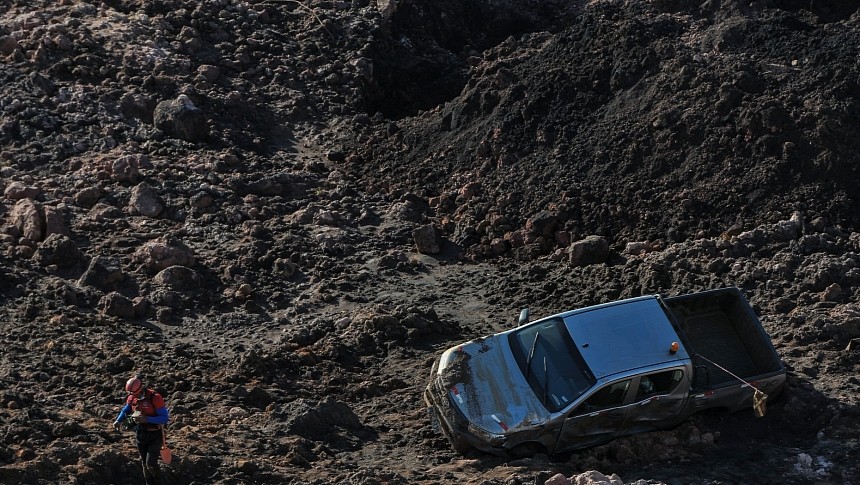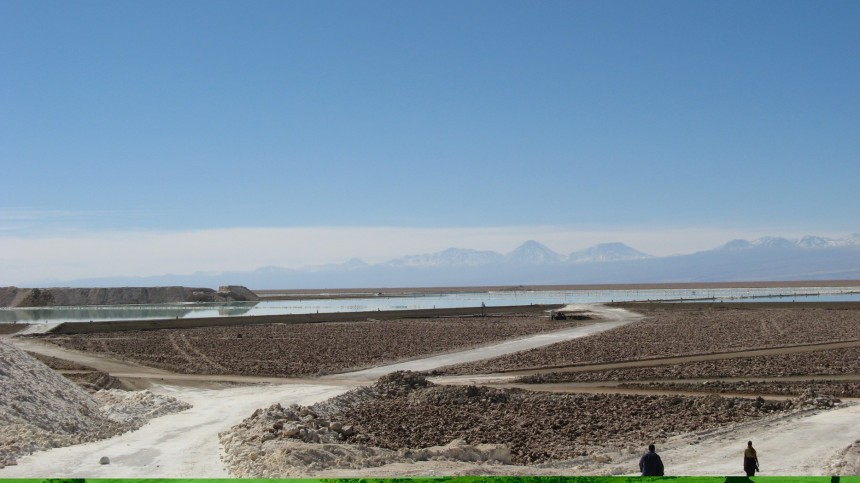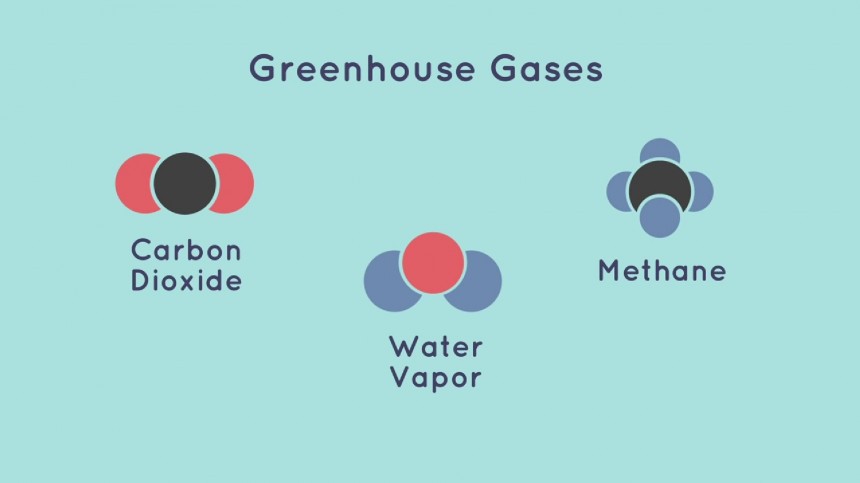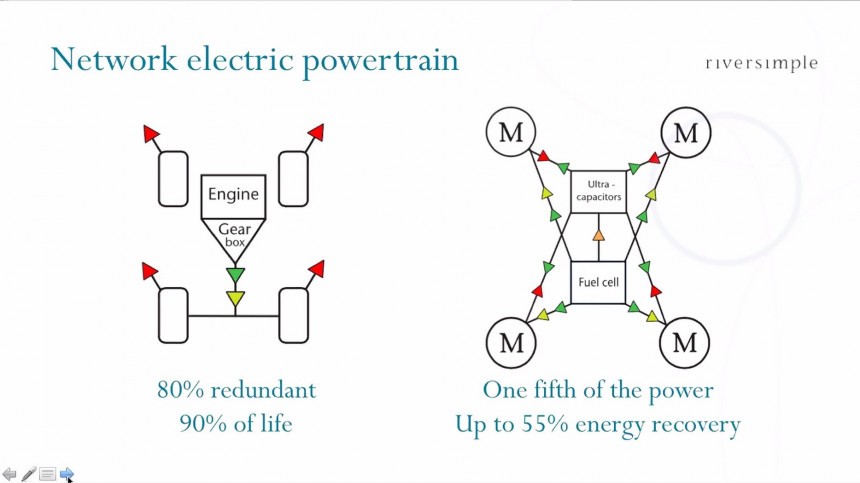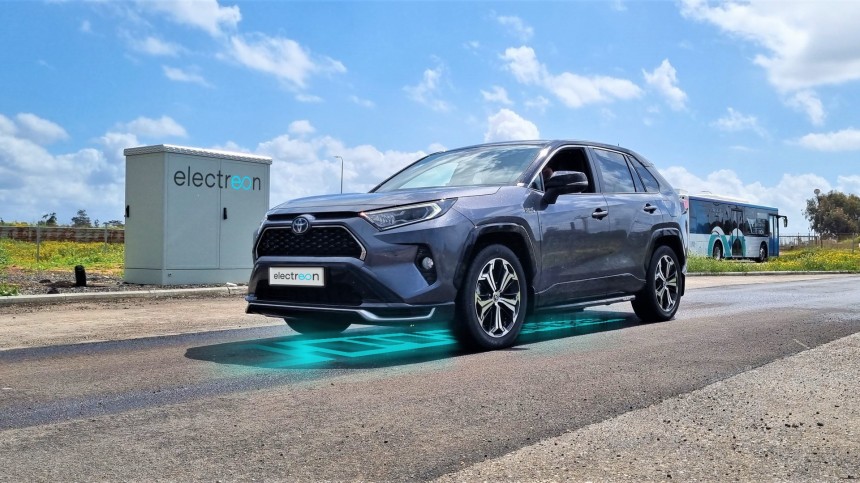Only a few people are truly familiar with how difficult it is to open and get a new mine started. Due to the environmental impacts that they have anywhere they are established, they have to comply with several requirements. That alone can demand years. Being expensive to operate, they have to be very profitable to pay off. Benchmark Mineral Intelligence once calculated how many new mines we'd need until 2035 to cope with BEV demand, and the number was 359, which does not tell us much. What about 2,909% more? Or 7,513%?
Those percentages are certainly easier to understand, even for those who have no idea what mining implies. A recent study from Cornell University calculated the additional demand for lithium, nickel, cobalt, and manganese. The 2,909% figure refers to lithium in a scenario of 40% market share for battery electric vehicles (BEVs), which increases to 7,513% if electric cars powered solely by cells become the only new cars customers may buy – in other words, if their market share is 100%.
When it comes to nickel, demand would increase by 2,127% in the 40%-market-share situation and 5,426% with BEVs at 100%. All cell manufacturers want to get rid of cobalt, but they would still need 1,039% more mining in the first scenario of BEV adoption and 2,684% if they were the only option. Finally, manganese demand would rise by 1,099% and 2,838%, respectively – and the study did not mention the LMFP chemistry that cell makers have just started to manufacture. With them, demand should be even higher.
As impressive as that is, the study also touches on a crucial aspect of the whole effort. Its introduction states that the transportation sector "can contribute to approximately one-quarter of all energy-induced greenhouse gas (GHG) emissions, and three-quarters of transportation emissions are from road traffic." The conclusion the researchers reach is that it is crucial to decarbonize the road transportation sector. Fair enough, but will that be done exclusively with BEVs? How sustainable is it to multiply lithium production by 291 or even 751? What about all the other metals necessary to make batteries?
Suppose that this does not destroy the areas where the new mines will be built, does not hurt the health of local residents, and does not create thousands of tons of toxic waste, to mention just a few of the harmful effects new mines can have. If all efforts to decarbonize the road transportation sector are completely successful, we will have eliminated 18.75% of GHG emissions. What about the other 81.25%? As I have written several times before, driving a BEV will not avoid climate change.
There are two main arguments for adopting electric motors in vehicles. The first is that they are much more efficient than combustion engines by a large margin. While the best examples of the latter can use a bit more than 40% of the energy contained in fuels, the former turn more than 90% of the energy from electricity into movement. It is an unfair competition in favor of electric motors.
The second is that electric motors do not emit pollutants. With loads of vehicles concentrated in urban areas, having electric cars will ensure cleaner air for these cities to breathe. Pulmonary diseases kill millions of people every year and make public healthcare systems spend millions of dollars treating those affected by them. If we are to focus on electric cars, we should do that for the right reasons. However, we should still be discussing how to feed them the energy they need.
Riversimple offers an interesting example of an electric car that does not count on batteries. It uses a small fuel cell powered by hydrogen and ultracapacitors to store the energy from regenerative braking. The company calls the system that it created the network electric powertrain. But there are other propositions.
Renault introduced a fantastic concept with the Scenic Vision, even if it could be slightly different. It uses a 40-kWh battery pack and a fuel cell as a range extender. The battery pack could use LFP cells, which need cheaper raw materials to be made and last much longer than ternary batteries. The smaller battery pack could help sell more vehicles with it. With a reasonable green hydrogen distribution network, the battery pack could be even smaller.
A more controversial solution is wireless charging. Electreon recently announced driving a Toyota RAV4 Prime able to collect electricity from the company's inductive system for 1,206 miles (1,942 kilometers). The catch is that it drove at an average speed of 12.06 mph (19.42 kph). If the only way to charge while moving is at such low speeds, such a system would only be useful for city buses.
Whenever people try to sell BEVs to you as the ultimate solution to stop climate change, remember this Cornell University study and correct them. Electric cars are the future, and there is no doubt about that. What is still up to debate is how to feed them. Unfortunately, we are getting less debate than we should have.
When it comes to nickel, demand would increase by 2,127% in the 40%-market-share situation and 5,426% with BEVs at 100%. All cell manufacturers want to get rid of cobalt, but they would still need 1,039% more mining in the first scenario of BEV adoption and 2,684% if they were the only option. Finally, manganese demand would rise by 1,099% and 2,838%, respectively – and the study did not mention the LMFP chemistry that cell makers have just started to manufacture. With them, demand should be even higher.
Suppose that this does not destroy the areas where the new mines will be built, does not hurt the health of local residents, and does not create thousands of tons of toxic waste, to mention just a few of the harmful effects new mines can have. If all efforts to decarbonize the road transportation sector are completely successful, we will have eliminated 18.75% of GHG emissions. What about the other 81.25%? As I have written several times before, driving a BEV will not avoid climate change.
The second is that electric motors do not emit pollutants. With loads of vehicles concentrated in urban areas, having electric cars will ensure cleaner air for these cities to breathe. Pulmonary diseases kill millions of people every year and make public healthcare systems spend millions of dollars treating those affected by them. If we are to focus on electric cars, we should do that for the right reasons. However, we should still be discussing how to feed them the energy they need.
Renault introduced a fantastic concept with the Scenic Vision, even if it could be slightly different. It uses a 40-kWh battery pack and a fuel cell as a range extender. The battery pack could use LFP cells, which need cheaper raw materials to be made and last much longer than ternary batteries. The smaller battery pack could help sell more vehicles with it. With a reasonable green hydrogen distribution network, the battery pack could be even smaller.
Whenever people try to sell BEVs to you as the ultimate solution to stop climate change, remember this Cornell University study and correct them. Electric cars are the future, and there is no doubt about that. What is still up to debate is how to feed them. Unfortunately, we are getting less debate than we should have.
